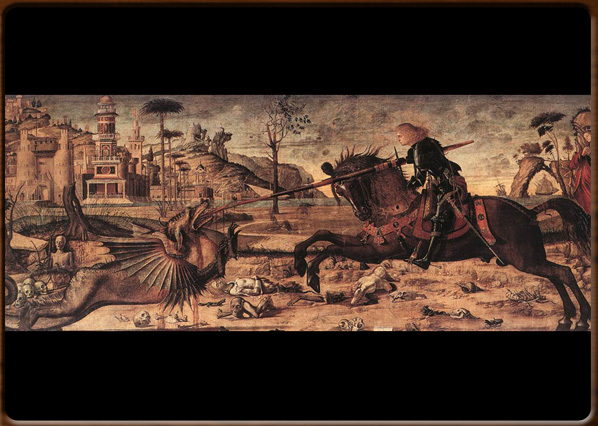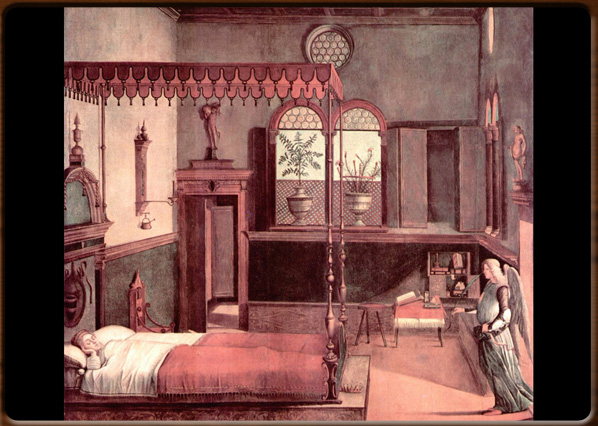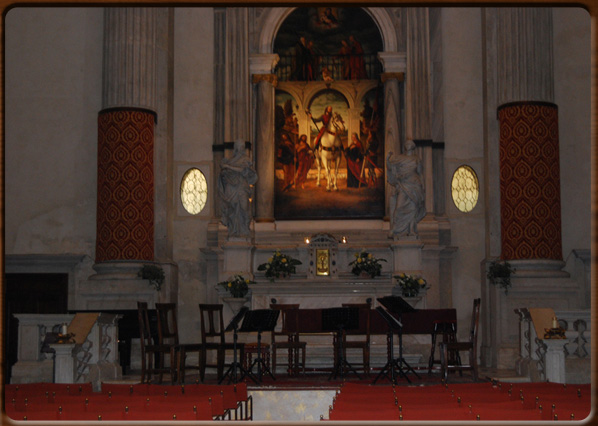Vittore Carpaccio (Venice, 1465-1525) was a great painter in the second half of the 1400s, though most of his signed paintings date from the first twenty years of the 1500s.
He had a very personal style, influenced by the Humanists, found in his earliest signed works, such as the cycle of the History of St. Ursula (1490-98), for the Scuola di Sant’Orsola.
He worked on the Doge’s Palace from 1501 to 1507, painting a few teleri (later lost in the fire of 1577). During this period (1502-07), Carpaccio also produced a series of paintings for the Dalmatian confraternity of San Giorgio degli Schiavoni: the cycle of "San Giorgio"; the cycle of "St. Jerome"; "St. Tryphon taming the Basilisk"; "Vocation of St. Mathew" and "The Prayer in the Garden".
Carpaccio never abandoned his Humanist vision, whereby the world can be rationally explored by means of perspective, the use of space and clever colour combinations.
An almost academic concept that is best seen in his cycle of "Stories of the Virgin" (1504-08) for the Albanese confraternity. His works are, however, enlivened by an intelligent sense of narration, as two paintings dated 1510 show: his "Portrait of a Knight" and "Mourning of Christ".
A few works of uncertain date are also attributed to Carpaccio, such as his "Two Venetian Ladies" (Correr Museum), "The Reading Madonna" (National Gallery of Art, Washington), "Meditation on the Death of Christ" (The Metropolitan Museum, New York).
During his later years, the quality of Carpaccio’s work declined, apart from those done in Capodistria.



